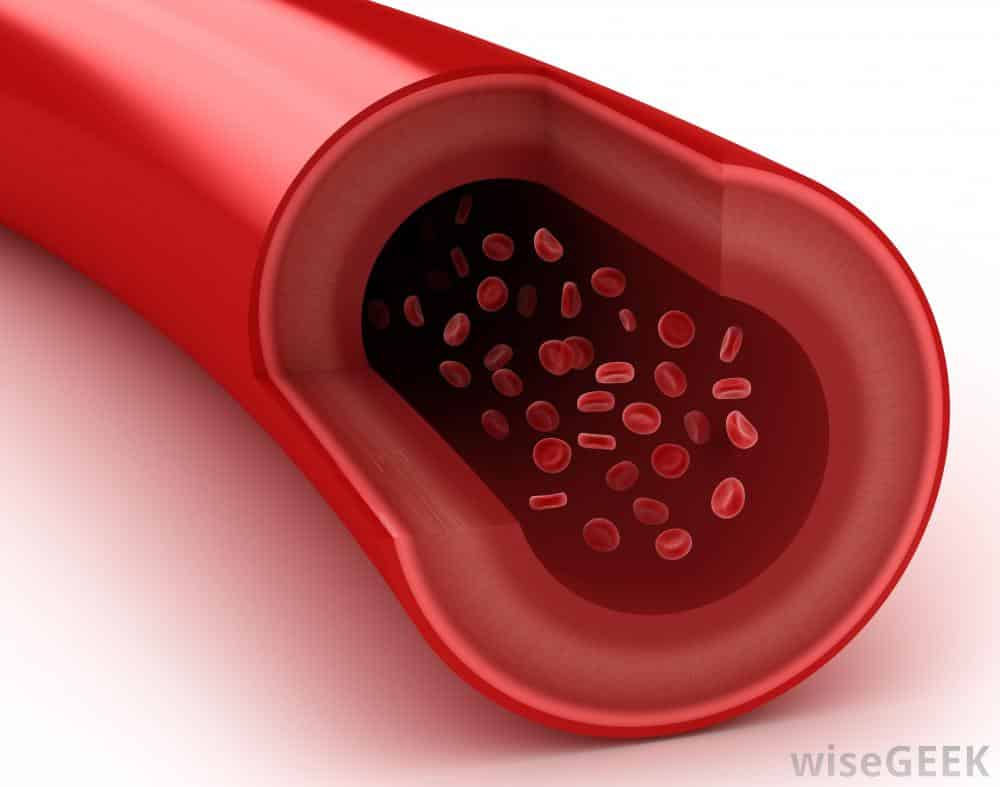Coronary artery is damaged in case of an atherosclerotic plaque build up in the arteries that serve the heart. These plaques cause the vessels to narrow, and when they block without warning they lead to a heart attack.
To determine the risk of future coronary artery damage, calcium content in vascular plaques is generally evaluated by computerized tomography (CT) imaging. CT scans check for signs of inflammation and plaque build up and by the time calcification is visible, however, the damage has already occurred. What’s more, the scans don’t reveal which plaques could be at risk of breaking free and clogging arteries.
“Treatments that are known to reduce the risk of heart attacks, such as statin drugs, reduce inflammation much more than any detectable reduction in coronary artery narrowing,” says Keith Channon, a professor of cardiovascular medicine at Oxford and study co-author. “So the strong evidence from basic science and clinical cardiovascular evidence is that detecting inflammation is the key to diagnosis of coronary artery disease.”
The new imaging technique designed by scientists at the University of Oxford led by Prof Charalambos Antoniades, Associate Professor of Cardiovascular Medicine at the University of Oxford, can be applied as a new feature
in routine computed tomography angiography (CTA), and is reportedly capable of improving diagnosis and management of coronary artery disease, thereby enabling timely prevention strategies and improving the treatment of thousands of people living with the disease. The findings have been published in the journal Science Translational Medicine.The team, in the course of their study, discovered a bidirectional communication between the heart arteries and the fat surrounding them. They found that the fat surrounding these arteries ‘senses’ inflammation coming from the adjacent artery, resulting in altered fat composition. The newly developed technology, called ‘perivascular fat attenuation indexing’ (FAI), was used to track the changes in the fat surrounding inflamed arteries – even in the absence of visible plaques or narrowings.
The noninvasive technique uses the current CT scanning technology to analyze images of fatty deposits lining blood vessels in order to flag potentially dangerous inflammation. Using the data from heart scans, researchers were able to develop an index measuring changes in fat tissues around blood vessels to determine if patients are at risk of developing heart disease.
After initial tests on tissues donated by patients undergoing heart surgery, the scientists compared their CT-scan prognosis to measurements of inflammation taken by positron emission tomography (PET).
The results match up, they say, indicating that the much less expensive CT scans can perform the same function.
They then applied this technique to 273 patients, some of whom had heart disease and some who didn’t, to see if they could predict health outcomes for them. Among the five who had heart attacks, they saw the kind of changes in fat tissues that heralded heart disease.
While the technique uses equipment already common in hospitals, it does require special software, the researchers say. They hope to develop user-friendly versions of the program, but for the moment, the technique can only be used at their lab in Oxford.
Professor Channon said: ‘Developing methods that will enable clinicians to identify people whose vessels are in the early process of developing narrowings, and are at a high risk of causing a heart attack, has been a longstanding goal for research in cardiovascular disease.
‘We’ve known that vascular inflammation drives both the earliest stages of coronary artery disease, and in the events directly preceding a heart attack, but until now we have had no way to easily detect inflammation in the coronary arteries. This new imaging technique can be applied to existing CT angiograms, without additional equipment, making it widely applicable’.






























